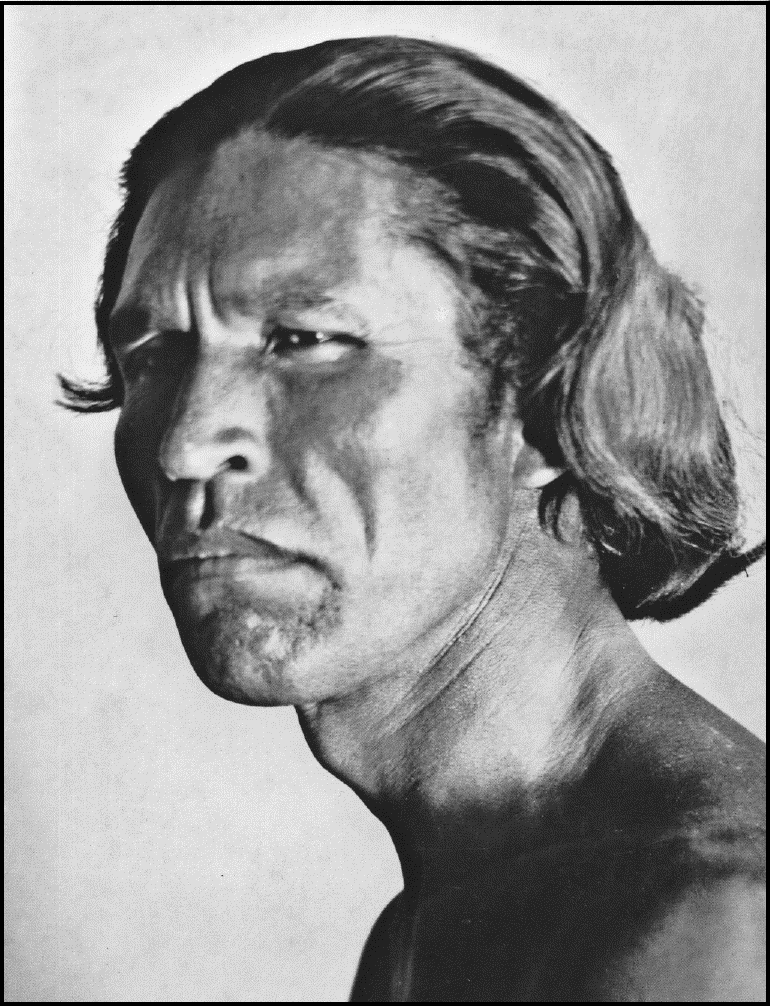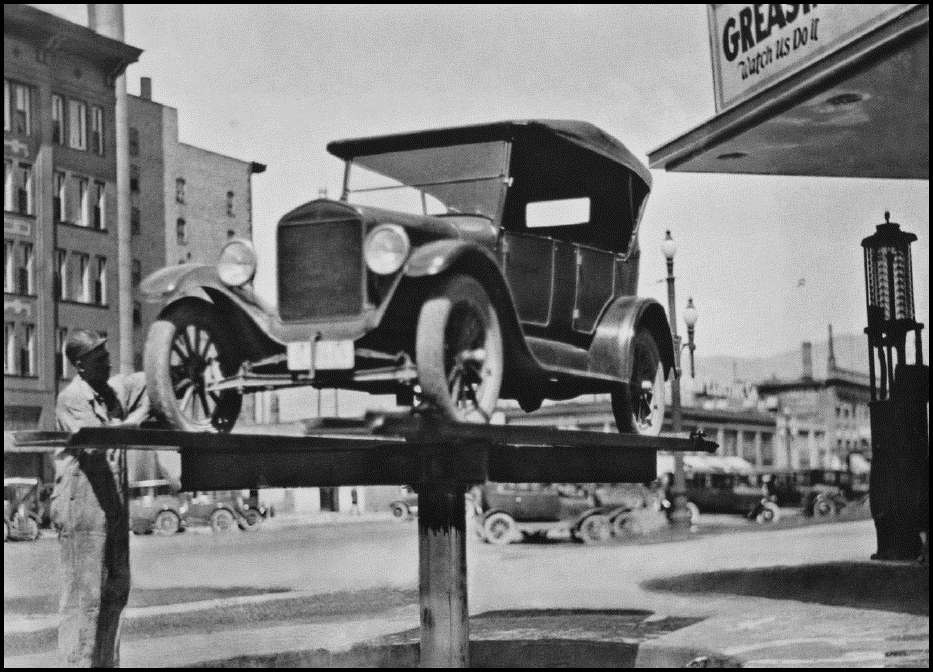
E. O. Hoppé's
Amerika
Modernist Photographs
From the 1920's
Phillip Prodger, Editor
(Norton)

E. O. Hoppé came to America in 1919, immediately after World War I, intent on setting up a studio to photograph the rich and the prominent in New York City. At times, he also slipped out of his studio to study "the down and the out," the poor people of the Bowery and the Lower East Side.He stayed in this country for two years, returned to Europe, then returned, eventually taking his camera through the northeast, the south and the far west, photographing people, natural landmarks, and industrial America.
These "modernist" pictures make an unusual juxtaposition of horizontal and vertical lines: overhangs, wires, transmission towers, with an artful perspective. Hoppé used a wide-angle lens, one that made it possible to join the distant and the close-at-hand without losing focus.
The editor of this volume suggests that the pictures made in New York, Boston, Chicago, and the manufacturing centers of the middle west are composed much as "a shift supervisor might see them: a cascade of forms in chaotic rhythm, punctuated by the steel beams of the vertical." The majority of the 150 photographs in this volume are what you might label as "Industrial Bleak." But as Marshall McLuhan would have it, the products of yesterday's factories --- indeed, the very factories themselves --- will become tomorrow's antique icons. So it is with these shots of conveyer belts in Detroit, the industrial slums of Alexandria, the Woolworth Building in New York City, the new, uniform suburbs of 1920s west coast America.

Hoppé shows a magisterial hand. He sets his camera perfectly to insert a cross-purpose in every scene: steel beams going that way, transmission lines going this, a roof over there. It is a photographic style that is both architectural and subtly transforming. The stockyards of Chicago reveal a crisscross artistry of light and shadow. The pictures of factories, cityscapes, and buildings chosen for inclusion in Amerika outnumber the studies of faces, but the latter are daring close-ups: faces of beggars, farmers, the poor, blacks, and American Indians [see "Yakima Indian, 1926" above].In his lifetime, Hoppé was well-known for his photographs of beautiful women; one of his books was entitled Skyscrapers and Women. Hoppé himself was invited to judge "beauty shows" of the day. With this mix of the personal and the industrial, the editor suggests that Hoppé may have foreshadowed the documentary photographers of the Depression --- Ansel Adams, Paul Strand, Charles Sheeler, Edward Weston, Alvin Coburn, and Dorthea Lange. In his portraits, Hoppé was a documentarian. Often, he used reflected light. The camera rests slightly below the subject. Heads fill the frame. No detail is left out: grime, warts, moles, scars, veins, skin blemishes. He used Hollywood techniques without the romanticism.

Prodger says that Hoppé was always a foreigner in America. As a stranger, he saw his subject better indeed than the subject could see itself. The only fault we can find with this fine volume --- outside of the fact that we want more of it --- lies in the title. The very word Amerika will bring to mind the novel of the same name. Although there are touches of haunting despair here and there in these shots, we doubt that Hoppé was trying to imply a putative terror of the imagination, like that of his contemporary Franz Kafka. In defiance of the machinery he pictured so minutely, Hoppé was still, perhaps, the ultimate humanist.Unlike Kafka, he would never suggest, as the latter did, "Often --- and in my inmost self perhaps all the time --- I doubt that I am a human being."
I have nothing in common with myself, and should stand very quietly in a corner, content that I can breathe.
--- Bea Wilkins